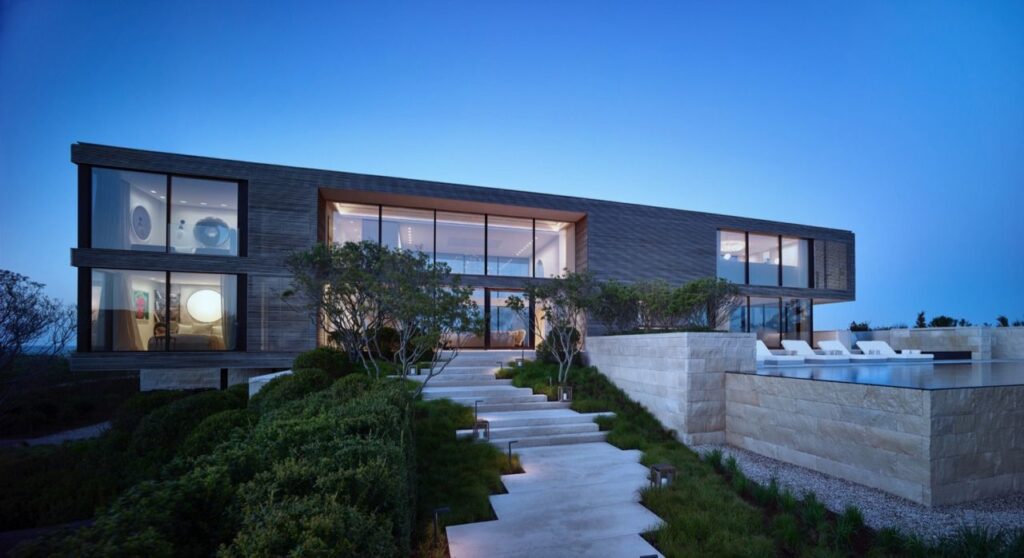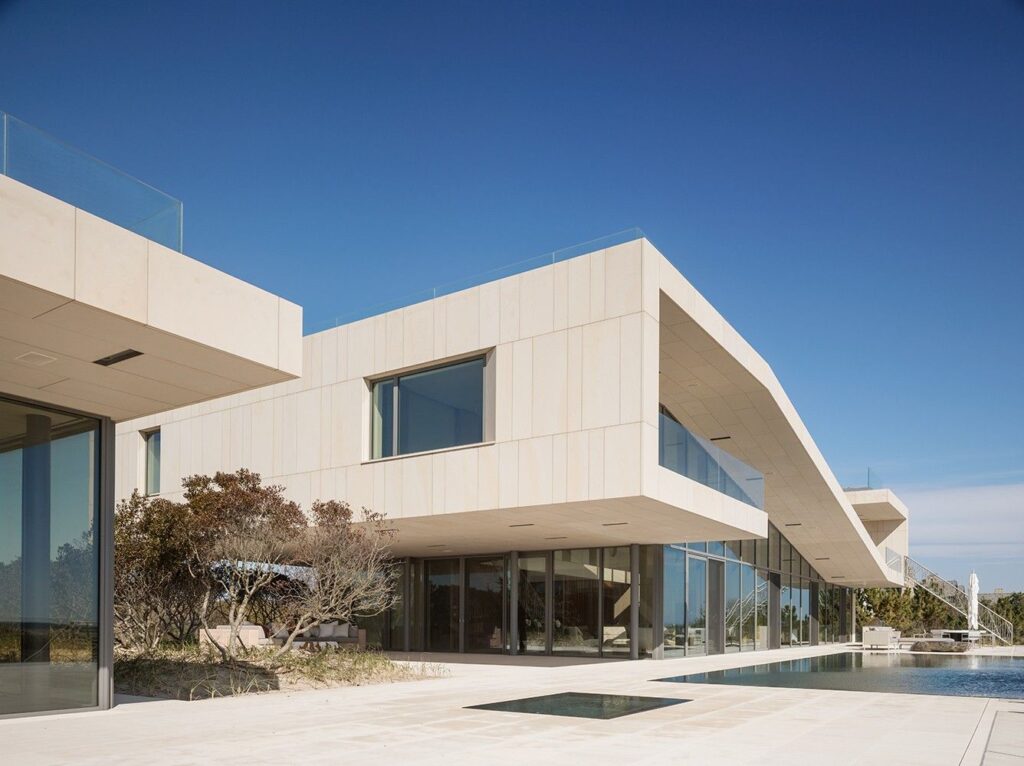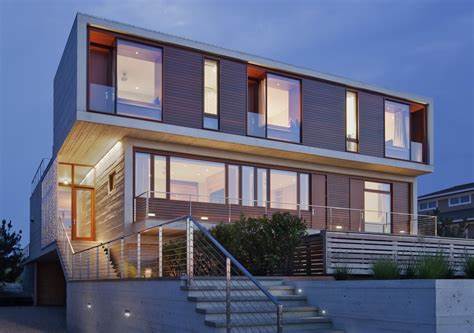Introduction
Long Island, a region that extends eastward from New York Harbor, offers a unique blend of architectural styles, reflecting its rich history and diverse communities. From the colonial saltboxes in the Hamptons to modern skyscrapers in Nassau, the architecture of Long Island provides a glimpse into the area’s evolving landscape. This unique architectural expression isn’t just by happenstance; it’s the work of countless architects who have played a crucial role in shaping Long Island architectural design firm services. This article will explore the key architectural styles found in Long Island and shed light on what architects do to make this diversity possible.
Architectural Styles on Long Island

source: pinterest.com
Colonial and Early American
One of the earliest architectural styles in Long Island is the Colonial style, especially the ‘saltbox’ houses that date back to the 17th century. These structures are characterized by steep pitched roofs, large central chimneys, and timber frames. This design was functional for the times, providing good insulation and maximizing space.
Victorian
Fast forward a few centuries, and Victorian architecture became a mainstay in areas like Garden City and Sea Cliff. These homes are often large and ornate, featuring complex rooflines, turrets, and wrap-around porches.
Modernism
By the mid-20th century, modernism started to take root in Long Island, most notably showcased by the iconic Glass House and other similar designs. The focus was on clean lines, open floor plans, and large windows to let in natural light.
Contemporary
Today, the contemporary architectural scene on Long Island is an amalgamation of various styles. Gated communities with neo-colonial homes exist alongside modern condominiums, giving the area a multi-faceted appeal.
What Does an Architect Do?

source: pinterest.com
Planning and Design
At the core of any architectural endeavor is the planning and design phase. Architects consult with clients to understand their needs and translate them into blueprints. These blueprints serve as the roadmap for construction, detailing everything from structural integrity to aesthetic elements.
Material Selection
Architects are responsible for selecting materials that are not only visually appealing but also functionally sound. In Long Island, for example, the salt-laden air could cause certain materials to corrode quickly, so architects often choose materials that can withstand these conditions.
Coordination
Another essential function of architects is coordinating with various professionals involved in a project. This includes engineers, contractors, and even local authorities to ensure that the project complies with building codes and regulations.
Oversight

source: pinterest.com
Architects often oversee the construction process to ensure that the building adheres to the original design. This involves frequent site visits, consultations, and adjustments as needed.
Sustainability
With a growing focus on sustainability, modern architects also consider energy efficiency, environmental impact, and long-term sustainability when designing a structure. This is especially pertinent in Long Island, where concerns about environmental conservation are increasingly significant.
Architectural Firms on Long Island
Several architectural firms specialize in Long Island’s various styles. Firms like Robert A.M. Stern Architects, Gensler, and HOK have contributed to the area’s architectural landscape. Local firms also play a vital role in shaping communities by bringing an intimate understanding of local history, culture, and environmental conditions.
Conclusion

source: pinterest.com
The architectural designs in Long Island serve as a mirror reflecting its diverse history and the ever-changing needs of its communities. Architects play a pivotal role in shaping this landscape, orchestrating every element from initial concept to final construction. Through planning, design, material selection, coordination, and oversight, they bring functional and aesthetic value to buildings, shaping the very character of Long Island. Their efforts not only enrich the community but also stand as testaments to the intricate art and science that is architecture.



